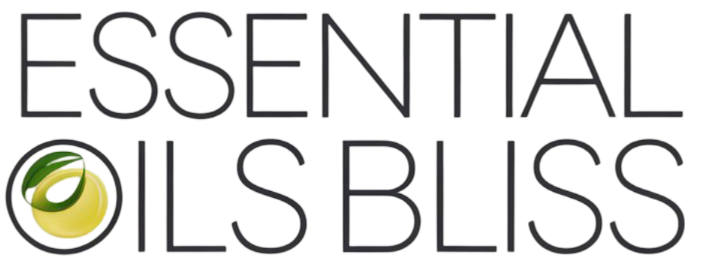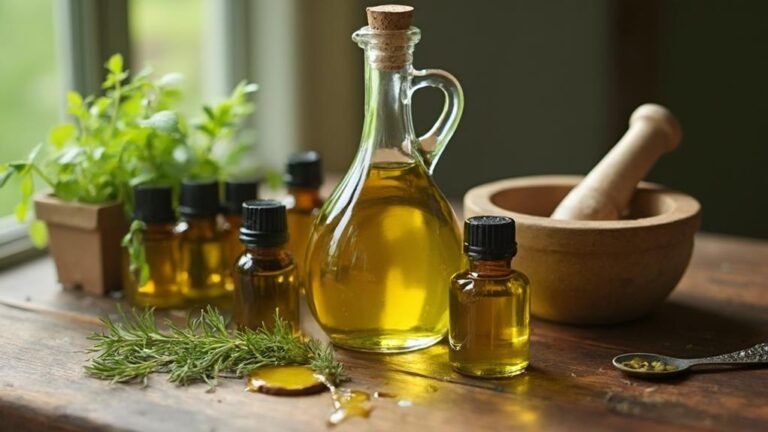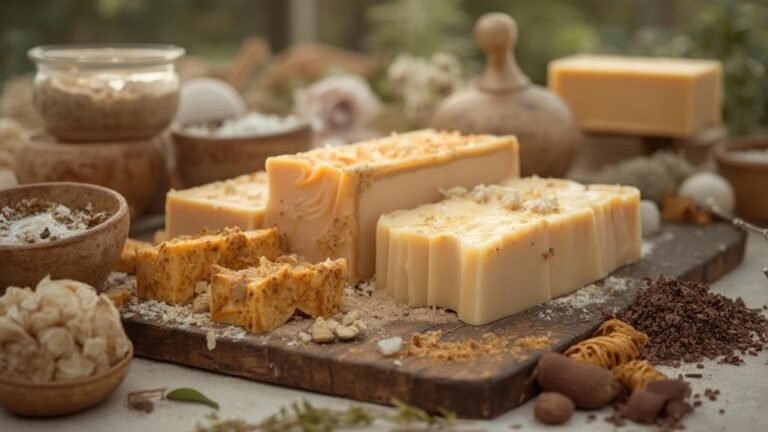Essential Oils vs. Fatty Oils: What Sets Them Apart?
Essential oils and fatty oils are two distinct types of plant extracts with different characteristics, extraction methods, and uses.
In general, essential oils are highly aromatic and volatile, offering therapeutic and aromatic benefits, while fatty oils are typically odorless or have a mild scent, providing moisturizing and nutritional advantages.
Key Differences
Highlighted below are the major differences between essential oils and fatty oils:
Extraction Methods
- Essential oils are obtained through steam distillation, solvent extraction, or cold pressing. They are highly concentrated, volatile, and aromatic.
- Fatty oils are derived from seeds, nuts, or kernels using cold pressing or solvent extraction methods. They are less concentrated, non-volatile, and generally have little to no odor.
Properties
- Essential oils are lipophilic extracts with a unique chemical composition that provides aromatic and therapeutic benefits. They are often used in aromatherapy, perfumery, and natural remedies.
- Fatty oils are primarily composed of triglycerides and are rich in lipophilic vitamins (A, D, E, K) and phytochemicals. They are used in food, cosmetics, and pharmaceuticals.
Aroma and Volatility
- Essential oils are highly aromatic and consist of compounds that evaporate quickly, giving them a strong scent.
- Fatty oils are generally odorless or have a mild scent and are stable, non-volatile substances.
| Feature | Essential Oils | Fatty Oils |
|---|---|---|
| Extraction Methods | Steam distillation, solvent extraction, cold pressing | Cold pressing, solvent extraction |
| Concentration | Highly concentrated | Less concentrated |
| Volatility | Volatile | Non-volatile |
| Aroma | Strong and aromatic | Mild or odorless |
| Primary Uses | Aromatherapy, perfumery, natural remedies | Cooking, cosmetics, pharmaceuticals |
| Properties | Lipophilic, therapeutic benefits | Rich in triglycerides, vitamins, and phytochemicals |
Essential Oils vs. Fatty Oils Properties
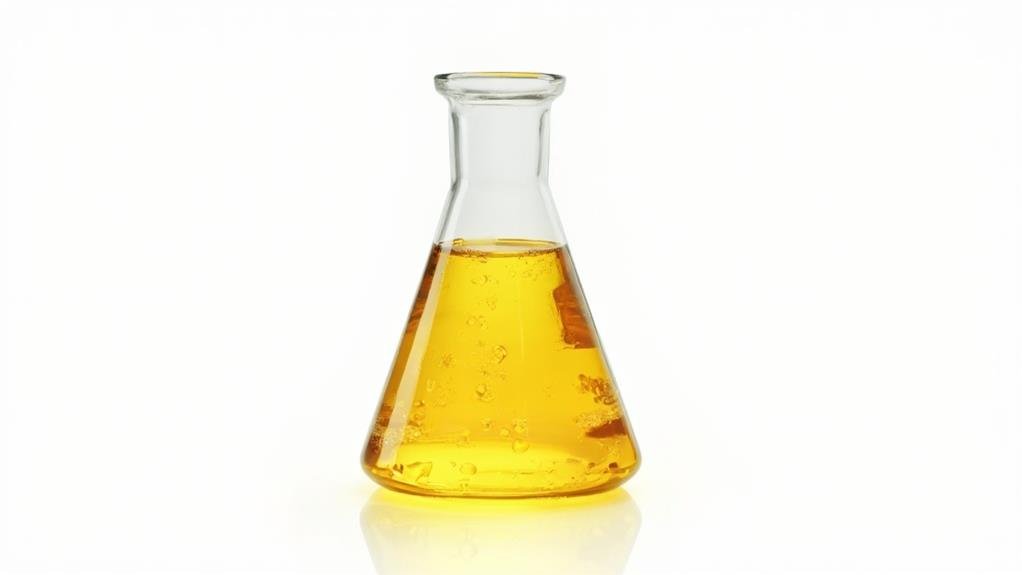
Essential Oils
Essential oils are highly concentrated plant extracts with unique chemical compositions that determine their therapeutic benefits and potential uses. Key characteristics include:
- Lipophilic Nature: Soluble in fats and oils, but not in water.
- Cell Penetration: Ability to penetrate cell membranes and interact with the body’s biochemistry.
- Volatility: Compounds evaporate at different rates, contributing to their aroma profiles (top, middle, and base notes).
Aroma Profiles
- Top Notes: Evaporate quickly, releasing immediate fragrance.
- Middle Notes: Evaporate moderately, providing body to the blend.
- Base Notes: Evaporate slowly, offering depth and longevity.
Understanding these properties is essential for effective aromatherapy and creating harmonious blends.
More info here.
Fatty Oils
Fatty oils are derived from seeds, nuts, or kernels and are mainly composed of triglycerides. Notable properties include:
- Higher Viscosity and Calorie Density
- Rich in Vitamins (A, D, E, K)
- Contain Phytochemicals: Like carotenoids and polyphenols.
These oils are metabolized by the body for energy and are suitable for high-heat applications like cooking.
Extraction Methods Compared

Essential Oils
Extraction methods for essential oils are more complex and labor-intensive:
- Steam Distillation: Common for herbs and spices.
- Solvent Extraction: Used for delicate flowers.
- Expression: Releases volatile compounds from plant materials. This method is also applicable in understanding how Essential Oils Freeze.
Fatty Oils
Fatty oils typically involve gentler methods like cold pressing or solvent extraction. Examples include olive oil and coconut oil.
Comparison of Be
Essential Oils vs. Fatty Oils Properties Benefits

Essential Oils
Numerous studies demonstrate the therapeutic potential of essential oils, which can impact physical and emotional well-being:
- Antimicrobial Properties: Effective against microorganisms.
- Anti-inflammatory Effects: Reduce pain and inflammation.
- Emotional Balance: Positive impact on emotional well-being and stress levels.
- Improved Sleep: Promote relaxation and improve sleep quality.
Examples
- Tea Tree Oil: Antimicrobial
- Lavender Oil: Antimicrobial
- Frankincense and Ginger: Anti-inflammatory
- Bergamot and Ylang-Ylang: Emotional balance
- Vetiver and Chamomile: Promote relaxation and improve sleep quality
Fatty Oils
Fatty oils are rich in nutrients that nourish and protect skin and hair:
- Antioxidants: Vitamins E and C shield the skin from environmental stressors.
- Reduce Inflammation: Rich in omega-3 fatty acids (e.g., flaxseed oil).
- Promote Wound Healing: Antimicrobial properties (e.g., jojoba oil).
In hair care, they moisturize and condition hair, promoting healthy growth. Learn more about enhancing hair health with Essential Oils for Hair.
Storage Requirements Compared
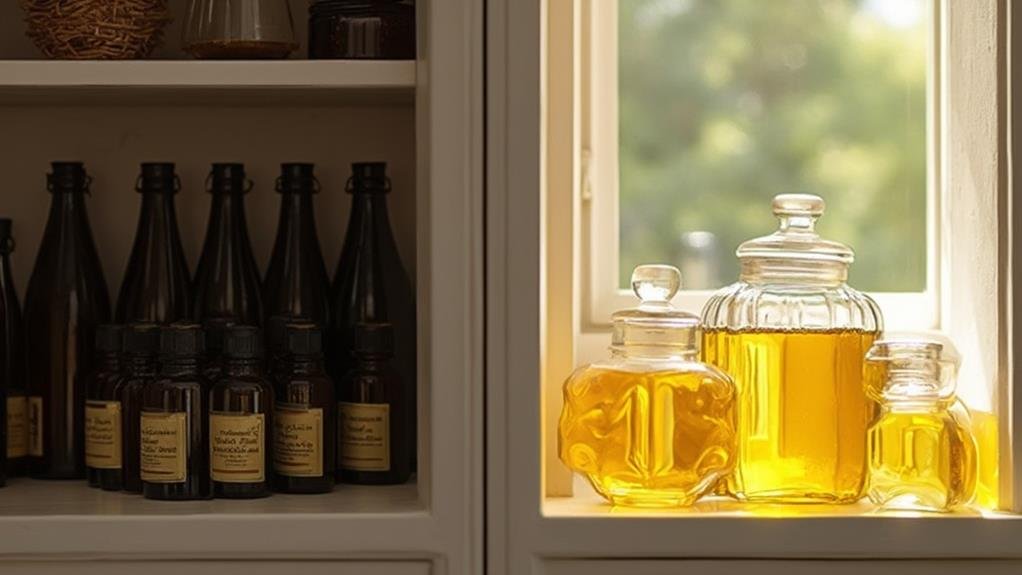
Proper storage ensures potency:
- Essential Oils: Store in dark-tinted glass bottles in a cool, dry place.
- Fatty Oils: Store in airtight containers away from heat, light, and moisture. Refrigeration is optional.
Differences in Shelf Life Expectations
Shelf life depends on chemical composition and storage conditions:
- Essential Oils: Longer shelf life but can oxidize over time.
- Fatty Oils: More prone to rancidity; store in cool, dark places.
Effects on Human Skin Compared
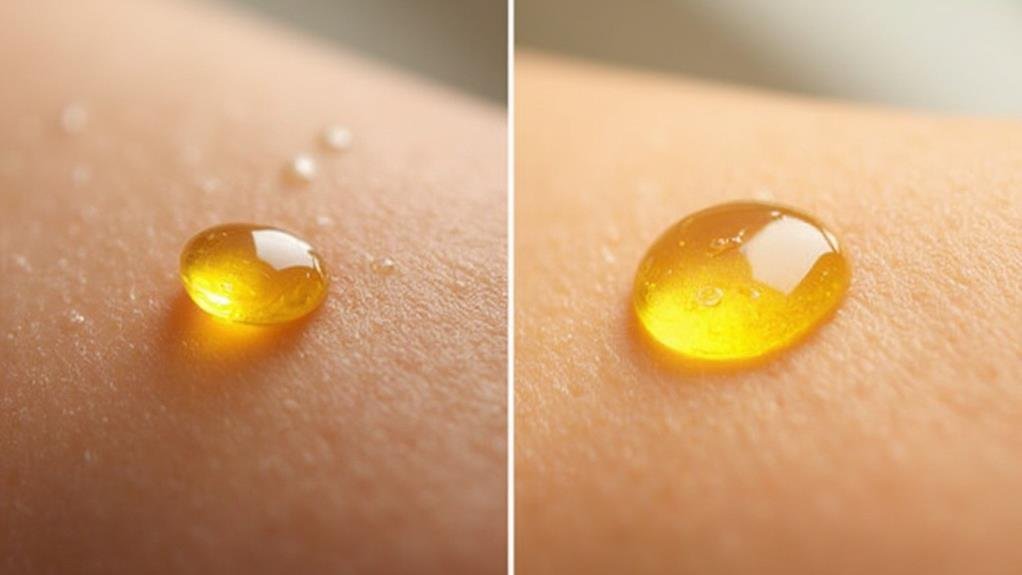
Vital Oils (Essential Oils)
Provide anti-inflammatory, antibacterial, and antioxidant properties but can be irritants if not used properly.
Fatty Oils
Rich in fatty acids and ceramides that help repair the skin’s natural barrier function.
Frequently Asked Questions
Can Essential Oils Be Used as a Substitute for Perfume or Fragrance?
Essential oils can serve as a substitute for perfume or fragrance, but they must be diluted with a carrier oil like jojoba or coconut oil due to their high concentration, which can be potent and potentially irritating to the skin when used undiluted.
To use essential oils in this manner, simply mix a few drops with a carrier oil and apply the mixture to pulse points such as your wrists or behind your ears. Begin with a small amount and adjust according to your preference, as essential oils can be quite strong.
Are Fatty Oils Typically Used in Cooking or as a Nutritional Supplement?
Fatty oils are frequently utilized in culinary applications and as dietary supplements due to their benefits for heart health and their ability to meet various nutritional requirements. They are commonly employed in cooking and baking, used in salad dressings and marinades, and taken as nutritional supplements in either capsule or liquid form.
Can Essential Oils Be Used in Household Cleaning Products?
To safely utilize essential oils in household cleaning products for their antimicrobial properties, it is crucial to dilute them with a carrier agent like water or a natural cleaning solution. Adhering to recommended usage rates is essential to prevent toxicity and skin irritation. For precise dilution ratios, it is advisable to consult the essential oil manufacturer or a reliable resource.
Do Fatty Oils Have Any Medicinal Uses or Benefits?
Fatty oils offer numerous medicinal benefits, largely because they are rich in antioxidants, vitamins, and fatty acids. These properties make them valuable for wound care and skin regeneration. Their key benefits include soothing and moisturizing the skin, protecting the skin from damage, and supporting skin regeneration.
Can Essential Oils Be Used to Repel Insects or Pests?
Essential oils are effective natural pest deterrents due to their strong insect-repelling properties. Compounds such as citronellal, geraniol, and citral found in specific oils are particularly potent. These oils can be used to create eco-friendly solutions for maintaining a pest-free environment. Notably, citronella oil is rich in citronellal, lemongrass oil contains geraniol and citral, and geranium oil is packed with geraniol, making them some of the most efficient options for repelling insects and pests.
Conclusion
Essential oils and fatty oils have distinct properties and uses. Understanding their differences is key to harnessing their unique strengths. This knowledge enables a holistic approach to wellness that respects the intricate beauty of nature.
Key differences:
- Extraction methods: Essential oils are typically obtained through steam distillation or solvent extraction, while fatty oils are extracted through cold pressing or solvent extraction.
- Properties: Essential oils are highly concentrated, volatile, and aromatic, whereas fatty oils are less concentrated, non-volatile, and often used as carrier oils.
- Benefits: Essential oils are often used for their therapeutic and emotional benefits, while fatty oils provide moisturizing and nutritional benefits for the skin and body.
By recognising these differences, you can effectively blend and utilise essential and fatty oils to achieve a balanced and natural approach to wellness.
